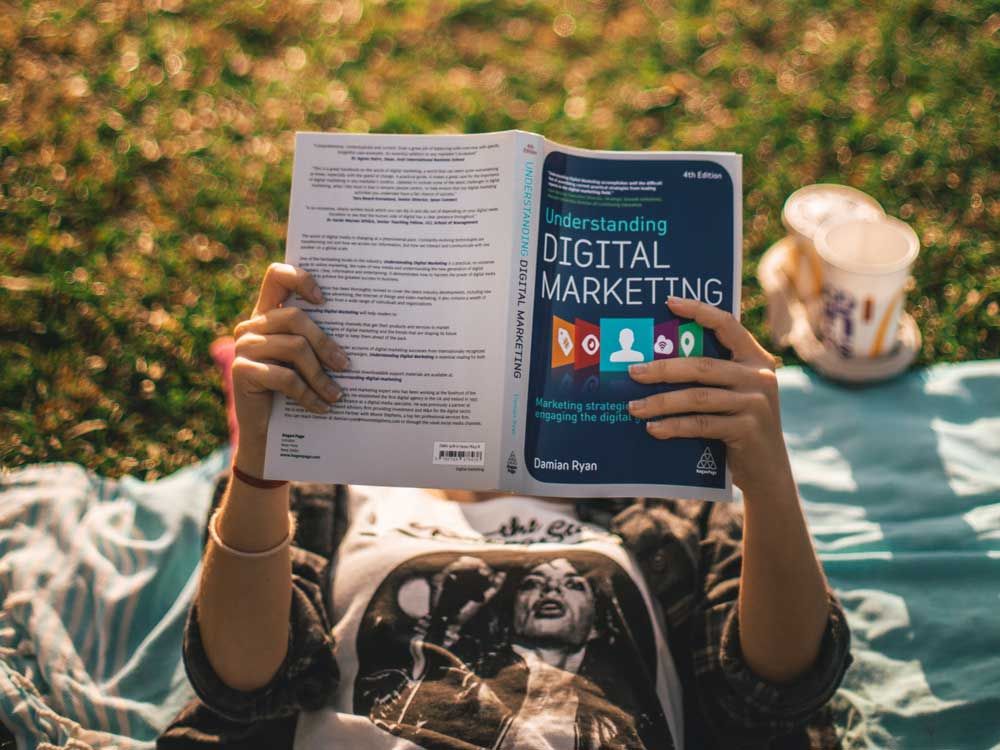Do you remember when answering machines first hit the market? Even as early adopters raced out to buy one, the rest of the conversation went something like this:
“What do we need an answering machine for? If nobody answers, they’ll just call back!”
“Who wants to return a bunch of messages? I have enough to do already!”
Sixty years later, it’s inconceivable to most of us that we would live without voicemail (even though now most of us prefer texts).
Every technological advancement presents both new opportunities and new demands— and today’s social media conversations are remarkably similar to the answering machine conversations. Some of these technologies fade away, but social media is here—if not to stay, certainly for the near future.
Most of you have already incorporated social media into your business marketing in some fashion, but some are still wondering what benefits it provides, what the true costs are, and how to measure the results. This little primer will help you frame the issue for further consideration.
Social Media (Mostly) Doesn’t Sell, It Promotes
If receiving a check from a customer is ground zero of your business, then selling is one step away from ground zero: It is the activity that leads to the check landing in your hand. Promotion is two steps away: It’s the activity that creates awareness and affection or respect, which supports the selling, which lands the check in your hand. With some exceptions (big consumer brands, lower price points), social media doesn't drive a lot of direct sales.
Here’s how you can use key social media venues to promote your business:
Facebook. Selling products on Facebook is a lot like trying to get people socializing in a bar to pay attention to a Public Service Announcement. They just aren’t interested. So what is Facebook good for?
Conversation and play. If you plan to have a Facebook presence, fill it with interesting information that will get your customers talking. Offer fun contests and participation games to maintain engagement. If you do it right, Facebook promotion will keep your brand top-of-mind and help your clients feel more connected to you, which in turn should make the selling process faster and easier
Soliciting advice. Anyone who has ever had to buy a present for someone they do not know well understands how painful that activity can be. It is much easier to buy gifts for those whose tastes and interests are known to us. Carefully facilitated Facebook conversations and interactive promotions will yield insight about what your customers want and need from you.
Twitter. A form of promotion (not selling), Twitter moves faster than Facebook, like a scrolling news ticker at the edge of one’s daily consciousness. Just how many people see any one posting is highly speculative. Twitter does not lend itself to the type of community that Facebook engenders, and as a result it is a less impactful business tool (unless you are selling breaking news, are a gossip columnist, or are in the business of selling personal expertise). So is it worth it to have a Twitter account? My advice to jewelry companies is that if you have a customer base that is Twitter-focused, and you are the type of person who comes up with witty, entertaining tidbits of information throughout the day—every day—then Twitter might be a venue for you. If not, then Facebook is likely to be more beneficial.
LinkedIn. Unless you are in the business of selling services (real estate, insurance, business services), LinkedIn is not a good promotional tool; however, it is an excellent networking tool. If you want to find out if you know anyone who can give you a personal introduction to Michelle Obama, go to LinkedIn. The more contacts you have, the more likely you are to find that link.
Is that all? Facebook, Twitter, and LinkedIn? For a jewelry company, yes, that’s pretty much it. Many other social media environments exist, but they cater to people who develop content for a living or to small niches with very specific interests.
Costs and Benefits
The primary costs of social media are how much time you spend engaged in them, and the opportunity costs of spending that time on social media versus something more beneficial. The only way you can measure those costs is to record and track how much time you spend on social media.
Benefits are harder to measure. The easy thing to measure is the level of engagement, as follows:
- Total Followers, Likes, or Friends (Facebook, Twitter, and LinkedIn)
- Friends of Fans (Facebook, LinkedIn)
- People talking about your posts (Facebook, Twitter)
- Weekly Total Reach (Facebook, Twitter)
- How influential you are (Facebook, Twitter), as measured through services like Klout.
To translate engagement into benefits, measure how many new customer inquiries come in through these social media venues, and then track how many of those inquiries translate into sales. If you find yourself with more prospects of higher quality as a result of social media, then it is working for you. If you find your re-buy rates are higher among social media friends and followers than among those who are not participating in social media, then it is working for you.
But a note of caution: It’s easy to lose sight of what business you’re in—what actually makes you money. Make sure you use social media as part of your marketing strategy and no more—unless you love it so much you want to close the business you are in and do social media full time.











